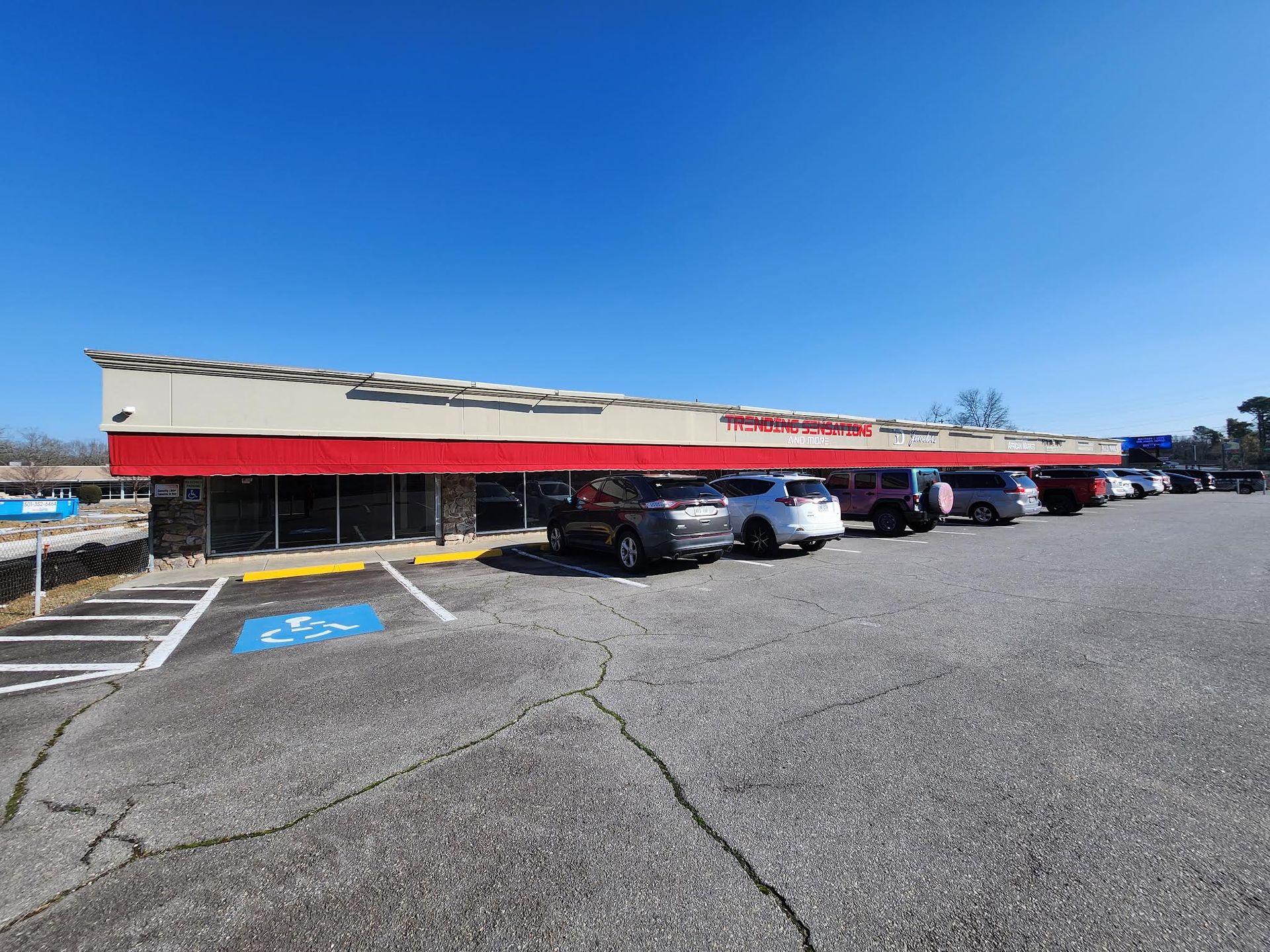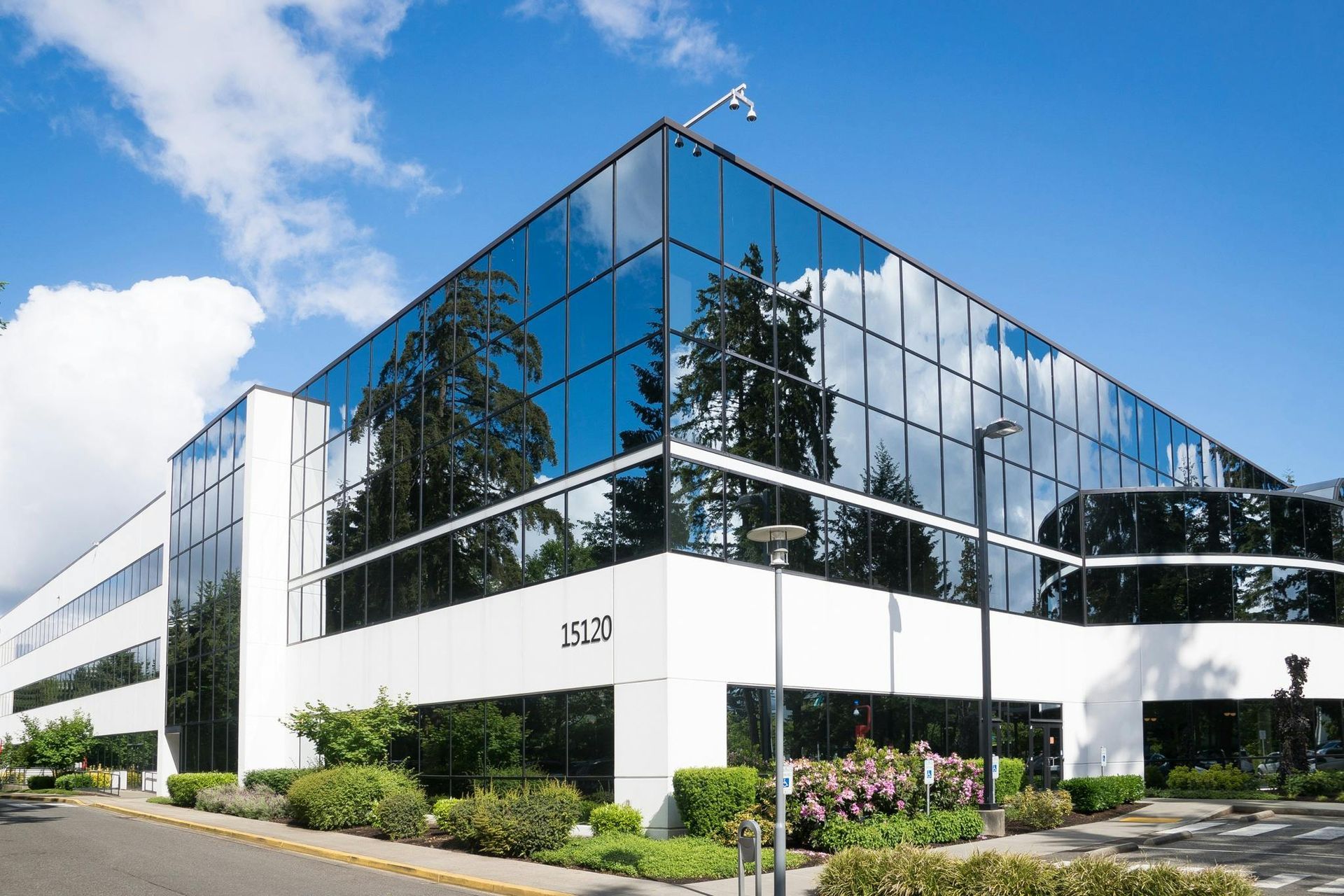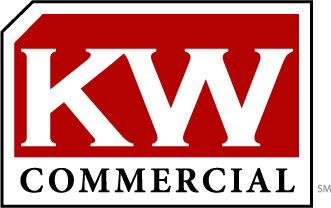How to read the Market in Commercial Real Estate: A Guide to Informed Decision-Making

Investing in commercial real estate can be a lucrative venture, but it also comes with its fair share of risks. Successfully navigating the dynamic and ever-changing market requires a keen understanding of the factors that influence property values, demand, and overall trends. In this blog, we will explore essential strategies on how to read the market in commercial real estate, empowering you to make informed decisions and achieve long-term success in this competitive arena.
1. Research and Stay Informed:Knowledge is power, and in the world of commercial real estate, staying informed is crucial. Regularly conduct thorough research on local, regional, and national market trends. Follow industry publications, attend seminars and webinars, and engage with real estate professionals to gain insights into market conditions, current projects, and upcoming developments.
2. Understand Economic Indicators:The commercial real estate market is heavily influenced by economic factors. Familiarize yourself with key indicators such as GDP growth, employment rates, consumer confidence, and interest rates. Economic strength or weakness can impact demand for commercial properties and influence pricing and rental rates.
3. Identify Market Segments:The commercial real estate market comprises various segments, including office spaces, retail properties, industrial spaces, multifamily units, and more. Each segment has its unique characteristics and drivers. Focus on specific segments that align with your investment goals and expertise. Understanding the nuances of each segment will help you spot emerging opportunities and challenges.
4. Analyze Supply and Demand:Supply and demand dynamics play a pivotal role in determining property values. Assess the current supply of commercial properties in your target market and analyze the demand from businesses looking to lease or purchase space. An oversupply can lead to reduced rental rates and longer vacancy periods, while high demand can drive up prices.
5. Monitor Rental Rates and Vacancy Rates:Rental rates and vacancy rates provide valuable insights into the health of the market. A rising number of vacancies and declining rental rates may indicate an unfavorable market for landlords. Conversely, decreasing vacancies and increasing rental rates can signal a strong market for commercial property owners.
6. Consider Location and Accessibility:Location remains a critical factor in the value of commercial properties. Analyze the area's demographics, nearby amenities, transportation infrastructure, and economic prospects. A prime location with easy access to major roads, public transportation, and a thriving business community can greatly impact the potential for long-term growth and tenant attraction.
7. Gauge Tenant Profile and Industry Trends:The type of businesses occupying commercial properties affects the market's performance. Research the tenant profile in your target area to identify thriving industries and potential tenants. Stay informed about industry trends and the potential impact on commercial space requirements.
8. Assess Cap Rates and Cash Flow:Cap rates (capitalization rates) are a fundamental tool to evaluate commercial real estate investments. They compare a property's net operating income (NOI) to its purchase price, indicating its potential return on investment. Additionally, analyze the property's cash flow to ensure it aligns with your investment objectives and financial capabilities.
9. Engage with Local Experts:Collaborating with local real estate agents, property managers, and brokers who have a deep understanding of the market can provide valuable insights. Their knowledge of the area and industry trends can help you make more informed decisions and uncover off-market opportunities.
10. Stay Patient and Be Discerning:The commercial real estate market can be cyclical, and opportunities may take time to emerge. Avoid making hasty decisions and be patient in your search for the right property. Be discerning about the investments you pursue and conduct thorough due diligence before making any commitments.
Reading the market in commercial real estate is an art that requires a blend of research, analytical skills, and industry expertise. By staying informed, understanding economic indicators, analyzing supply and demand, and gauging tenant profiles and location factors, you can gain a competitive edge in the market. Remember that commercial real estate investments are long-term commitments, so taking the time to assess opportunities carefully and seeking guidance from local experts will increase your chances of making successful and profitable decisions. Armed with the knowledge and insights to read the market, you can navigate the world of commercial real estate with confidence and embark on a path of prosperous investment endeavors.












